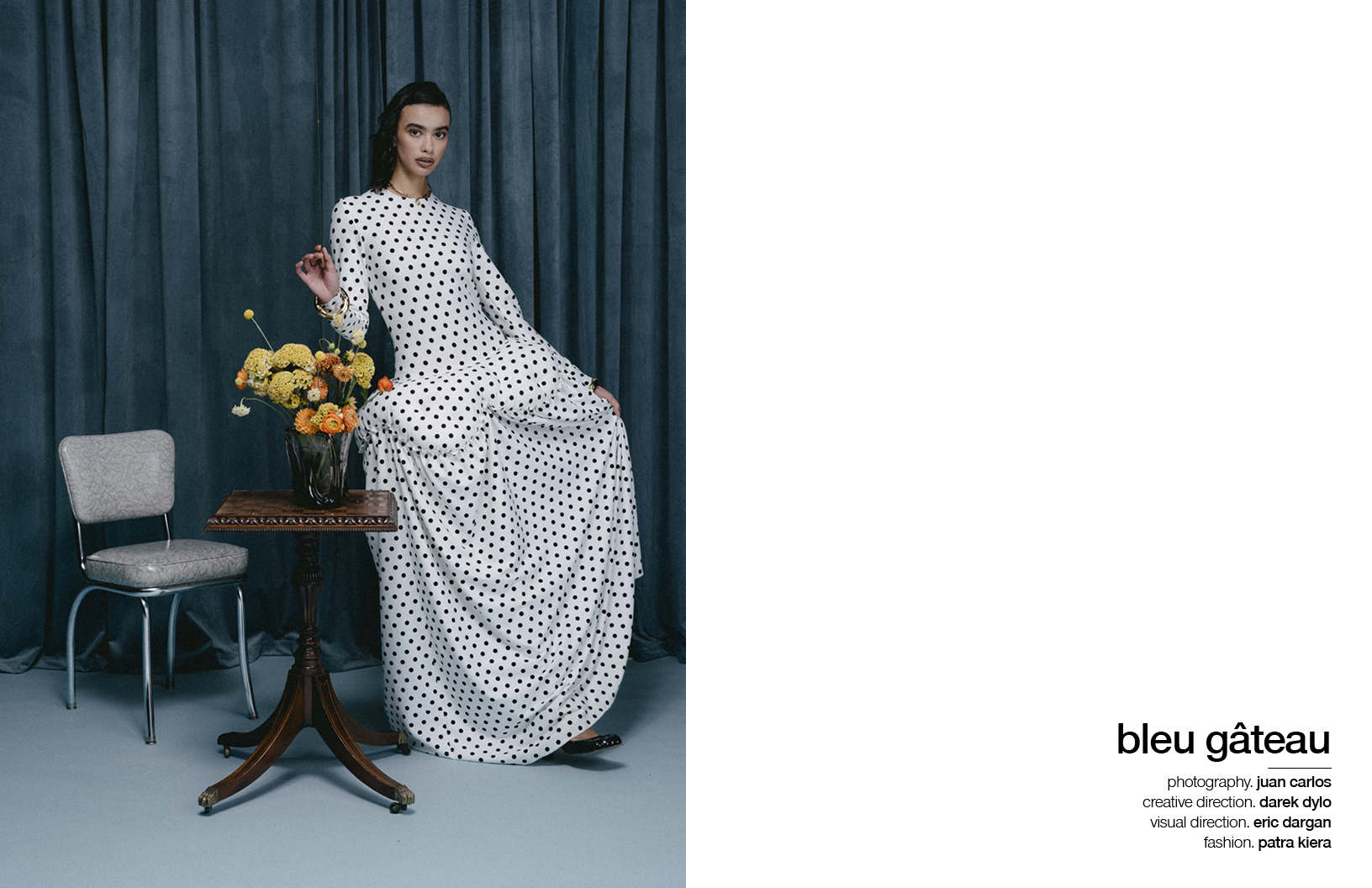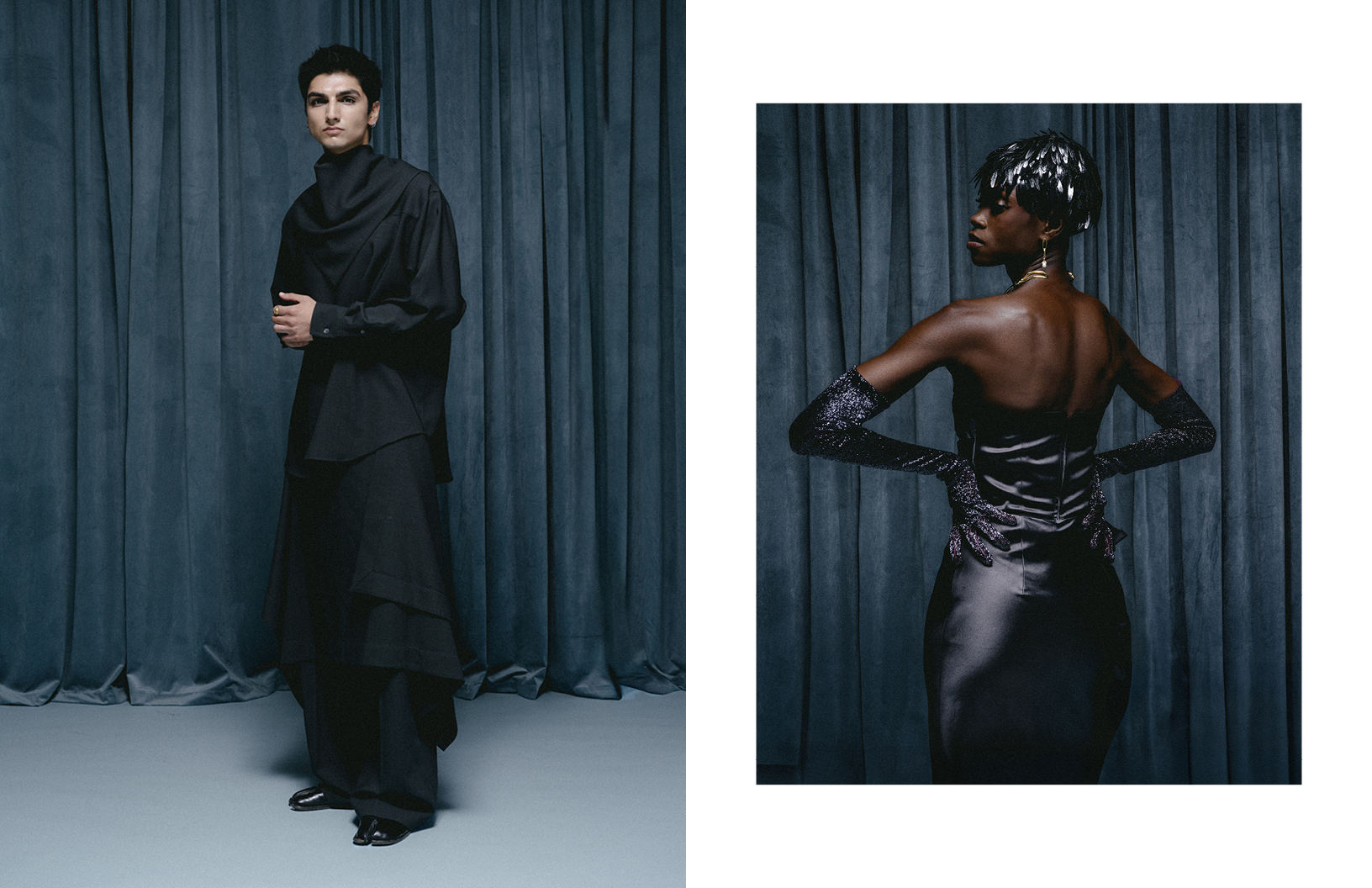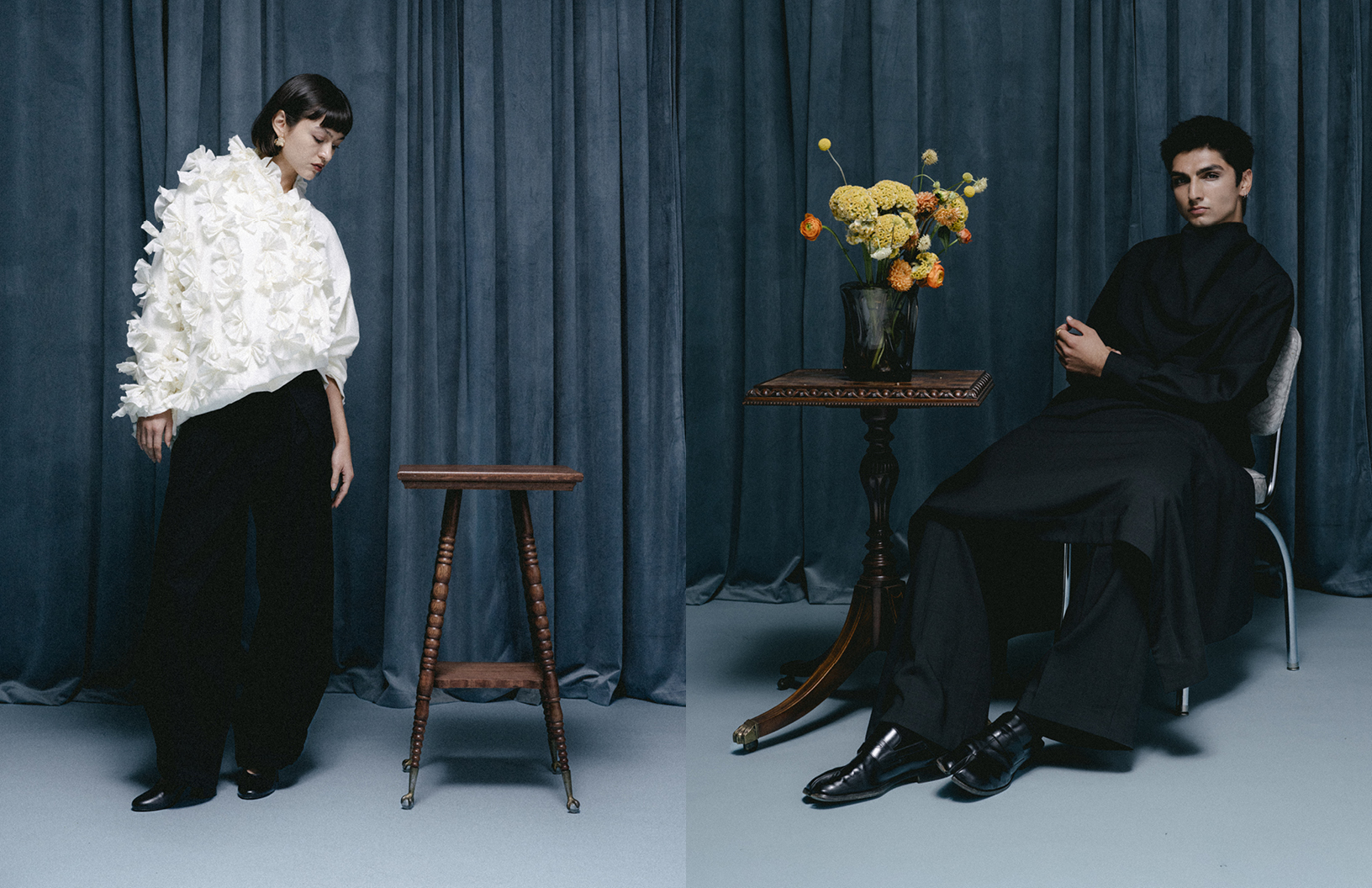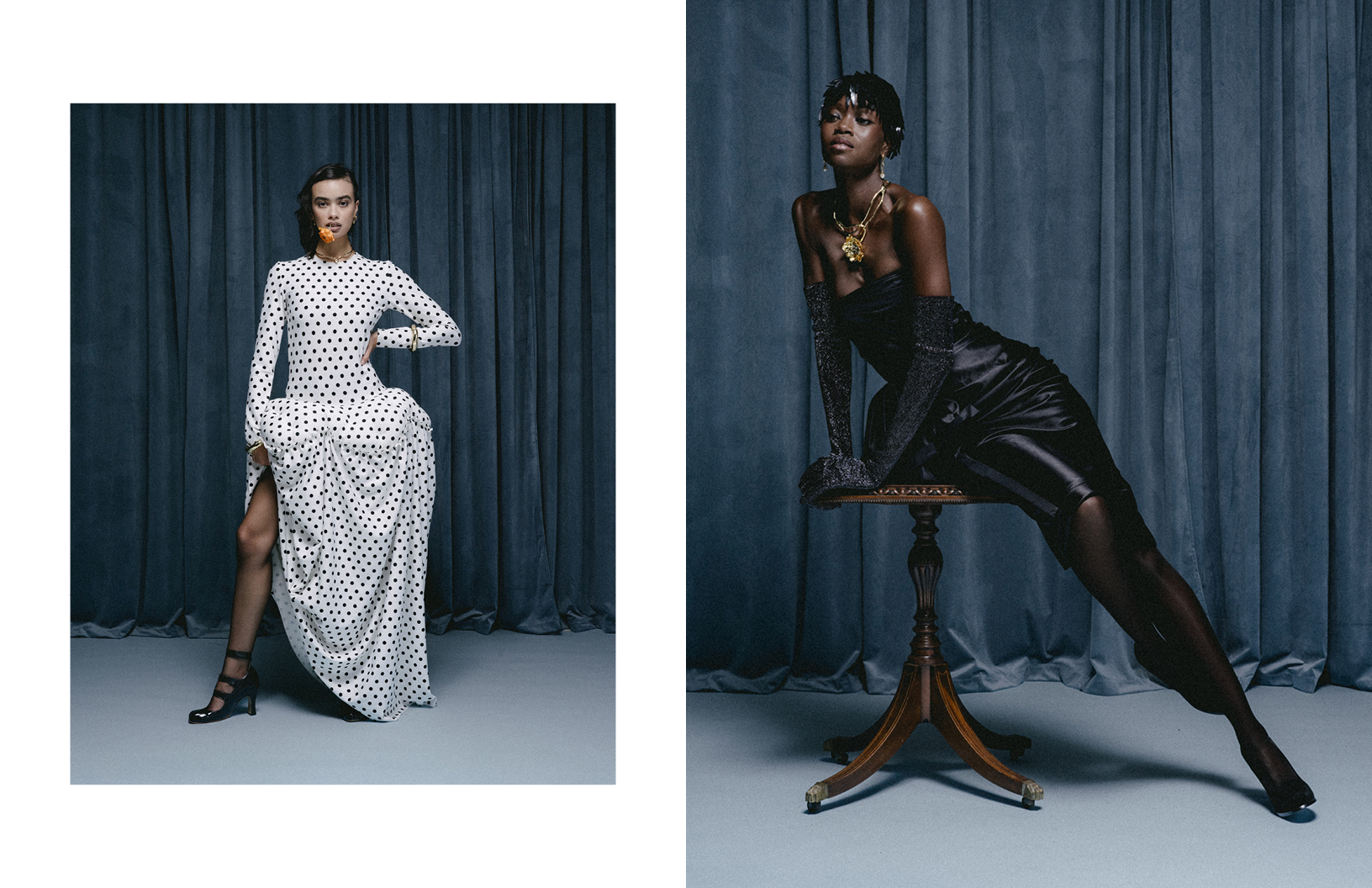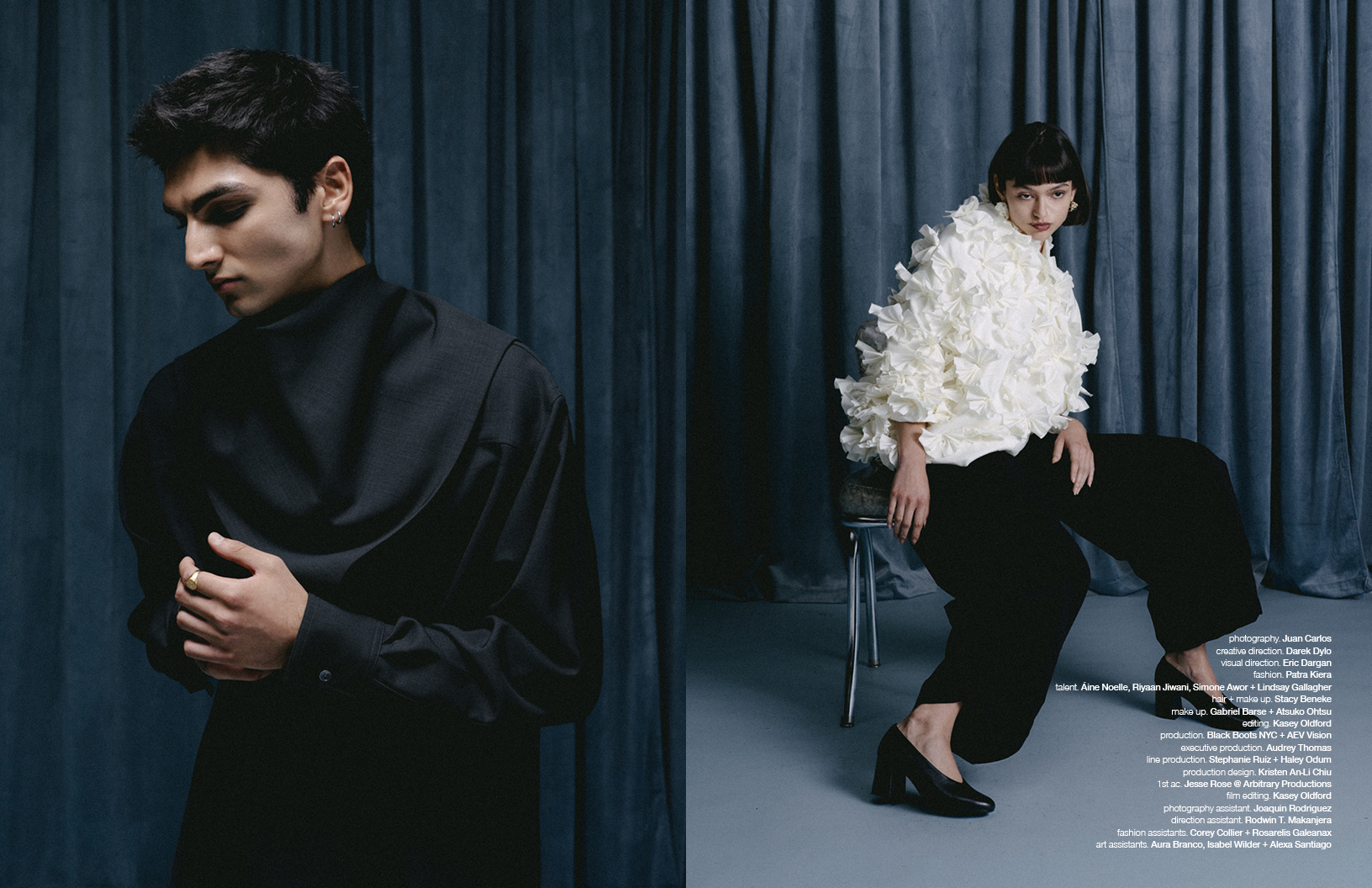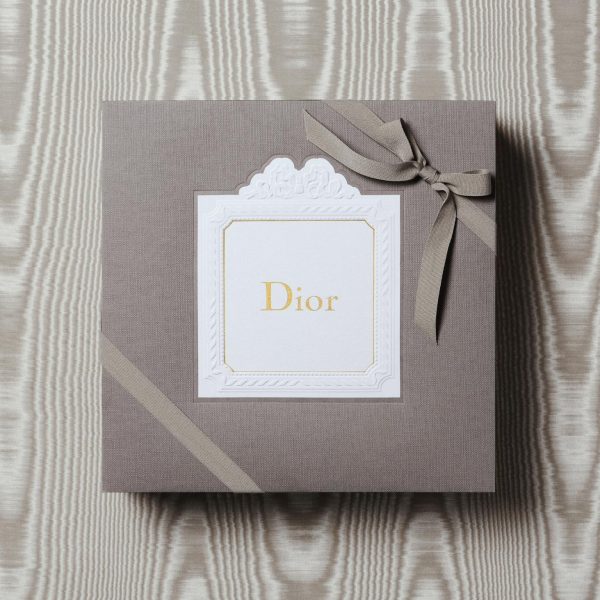For designer Yiting Zhang, clothes are meant to be a tool for freedom — not something that restricts the wearer. Her brand’s latest collection — “the unchained” — embodies that ethos. Since studying at the prestigious Parsons School of Design in New York the Shanghai native uses clothing and her designs as a way to honour her childhood, reflecting on the clothes — good or bad — she wore while coming-of-age and how she felt while wearing them. Now, she designs garments that both celebrate her once-suppressed desire for femininity and for her fellow Gen-Z counterparts that reflect their unique capabilities and desires.
Schön! spoke with Yiting Zhang about the creation of her label, her latest collection “the unchained,” and what she hopes her clothes make other people feel.
This collection explores you embracing a new form of femininity. What was it like to experience that awakening and how did it influence your design process?
It was a process of rebirth from a person who has lived reluctantly under others’ expectations to the ideal self who listens to her own desire by accepting and embracing femininity. I also describe the process as having a peace treaty with myself. I have been receiving such comments as “Feminine style doesn’t fit tall girls.” and “Why don’t you go play basketball with a height like this?”. As I was learning Latin dance at a young age, I started by being assigned to take the leader’s role (which is mostly taken by male dance partners) without even asking for my will, and since then I never got to dance in the feminine follower role I admired. At the start of the awakening/design process for “the unchained”, it was pretty intuitive and spontaneous. I was desperately open for extreme feminine ideas and styles, like a newborn. I want the layering, ruffles, and tulles as much as possible in my draping. Then as the process went on, I started to extract and refine the femininity—that is with the unique characteristics of Gen Z.
Where does the name “ting” come from?
It is the second syllable of my given name “婷”, which means “graceful”. I think my parents expect me to grow into a woman with graceful demeanours by having “ting” in my name. The beauty of Chinese characters is that two words can share the same pronunciation but have a totally different meaning. The other character behind “ting” is “梃” which means stem that blooms only one flower or something tenacious as wooden sticks. The multiformity is what my brand name embodies.
You studied at Parsons School of Design — how did that learning environment help inspire you and shape your designs?
Before all the creativeness happens, the school will push you to take in all the basic knowledge and sewing techniques you need as a solid base, almost like building fences around you. Thesis year is the most critical year when I find out what I want to create upon the “solid base” and how I want to break or recreate out of those fences. I’m lucky enough to have Markus and Yoon as my thesis professors. They were supportive to create a safe and comfortable environment for me to create anything I want. Great mentors could always do a big influence on me as I would grasp how they do certain things better and more efficient with their experience, and they were always there to help me move the obstacles out of the way. Offering me various methodologies for collecting inspiration and doing research, Markus and Yoon guided me along my way to achieving my unique design style. Hearing different voices from different angles of my peer and professors is also helpful. And it can always be my free decision to choose which feedback I should take to elaborate and polish my design.
What connects all of your pieces is your desire to recreate memories through your designs. When making your designs, do you find inspiration by looking back to specific memories and the clothes you were wearing during that time?
I see how my memories shape all my designs. Childhood memory is a thread running through my collection and keeping me on track for inspiration. For this collection, I started by looking back at my childhood albums which remind me of the deep desire I had for garments of strong feminine styles. That’s where the seed sprouted.
Going through my childhood album, I found out that most of the clothing thrown on me by my mom were pants and skirt with no layers. Except in one of the photos taken in my one-year-old, I saw this interesting ensemble of puffed sleeves top with ruffled hem trimmed with a bit lace and the short pants trimmed with the same white lace as the top and the bowknot on the side tied up by strings decorated with two red fluffy balls on the end, looks like cherries hanging. My joyful memories came back to me and got all connected with this specific ensemble.
As I grew up, my mom has been forcing her boyish style and aesthetics on me a lot, which always makes me feel awkward and uncomfortable. I had a strong desire for a multi-layered tulle dress and ended up getting denied by her– “It’s not suitable for summer…how can it be a skirt and has so many layers at the same time? You won’t bear to feel hot wearing it.” “It’s more convenient to move in pants than dresses. You must be aware of how you sit as a girl in inconvenient clothing.” Therefore, my desire for the girly side got turned down since I was little, and I have been pretending I was more into the minimalistic boyishness till now. In my collection “the unchained,” I want to address my suppressed desire for femininity.
What would you say your brand’s ethos or mantra is?
Be brave enough to be you.
May you live your life not under others’ expectations,
not afraid of loneliness.
Just to live up to the truest desire of the heart;
As long as the desire is still burning,
you will never grow old.
In this age where everyone is blurring the concept of gender,
I dare to re-emphasize femininity.
As a young designer, what are some of the fashion industry’s most difficult and rewarding aspects?
The fashion industry has been very crowded with all the talents and ideas. I’d love to take a step back and just focus on the truest and simplest thing I care about. Especially for people of my generation, we are born in an era when tons of information just got thrown on us in seconds through various technology. We are so busy and anxious about showing people what we can do. But why should we follow in the footsteps of others? Clear all the noise in your mind and open a new path for yourself. Once you learn to live for yourself, great designs will just come naturally out of your hands. I keep asking myself “what I want to do” instead of “what I can do”, and I sometimes must give up the chance to show off all my skills to make room for what I truly want to create and express out of my design. Accomplishing designs precisely representing my voice is the most rewarding thing.

Tell Schön! a bit about your design process – what’s the first thing you do when you start working on a new project?
Every stage of my life has a different focus or the topic I care about, which could be the inspiration for my new collection. Then I will consider how I want this focus to communicate or make a difference to others through my language of fashion, because the purpose of designing, to me, is to address and solve an issue and attract people who care about the same topics as me. The brainstorming for “the unchained” started from the time when I suffered from an anxiety disorder. I was told by my psychiatrist that there are “two personas” having conflicts in my mind; One is the persona I want others to see—the self with perfectionism and who wants to be excellent in everything, the other is the persona I hate—the self who wants to hide in the crowd and be mediocre. The problem is neither of themselves is healthy and sustainable for my mentals.
Along the therapy, I had to create a new self that combines the two personas together in balance. I started to reflect upon my childhood memories which could carry the cause of my anxiety disorders. That’s when I came up with the idea of the suppressed persona that desires femininity. I have been so used to suppressing part of myself under others’ gaze that I forgot to appreciate and embrace who I truly want to be. To make my collection more personal, I love to design original motifs and materiality based on my memories and innovative ideas. In “the unchained,” the embroidery motif I design is inspired by Michelia x alba, which is a type of flower arrangement wrapped and packaged by wires, being sold on the streets of my hometown, Shanghai.
You hope that the wearer of ting breaks free of their current prison and finds freedom in their world. Why is this so important to you?
I realized the influence of domestic education in China on me and my generation. Girls in my middle school, for instance, will buy men’s oversized shirts and jackets as school uniforms instead of women’s shirts with puff sleeves. My generation under the domestic education always wants to cater to the overall cool and rebellious aesthetic, and neglects to develop an individual aesthetic, which is reflected in the overall denial of femininity by Gen Z. Most of us don’t want to be seen as people not of the same clan. I have been tired of following the trends the main crowd decides. I respect my own cultural traditions. Meanwhile, I don’t want it to restrict what design I should create right now. I don’t want my wearers to be restricted in garments like Cheongsam and to put on a persona that societal conventions set on them.
How do you see the ting brand growing and evolving in the future?
I want my users to grow with me and my brand as they can experience the subtle changes that will happen collection by collection. I envision my brand as a memoir and epitome of Gen Z’s life. This collection definitely sets the tone for the brand like a preface. In the following chapters, I will recreate more elements inspired by memories in unexpected ways. I also want to explore the technological innovation regarding virtual garments with the overall post-quarantine vibe. Besides, I’m also interested in developing revolutionary materiality for future garments. Right now I’m working on refining the “Hylozoism” project in which I created an experimental prototype for garments mimicking life.
Lastly, what do you hope those that wear ting designs feel or think when wearing the clothing?
I want my wearers to feel confident, comfortable, and special in my designs. I love to see my people standing out of the crowd in my designs as they bear a self that doesn’t follow the mainstream. They have hybrid personas, and they can make good use of the personas to make themselves unique. Like my brand name, my wearer can be striking and elegant as the single flower bloomed on the stem and be firm and tenacious as the wooden stick that are brave enough to be who they are.
Follow designer Yiting Zhang on Instagram.
photography. Yichen Zhou
fashion. Jiayi Li
models. Jiachun Pan, Vinca + Shaye Davis
design. Yiting Zhang
hair. Nami Harada
make up. Coco Zhu
words. Kelsey Barnes


Schön! Magazine is now available in print at Amazon,
as ebook download + on any mobile device

































































